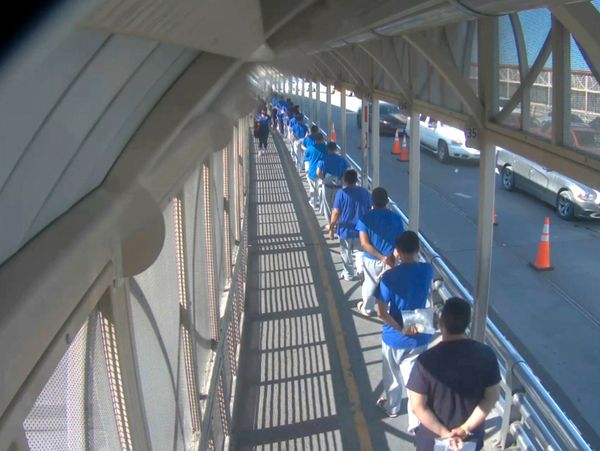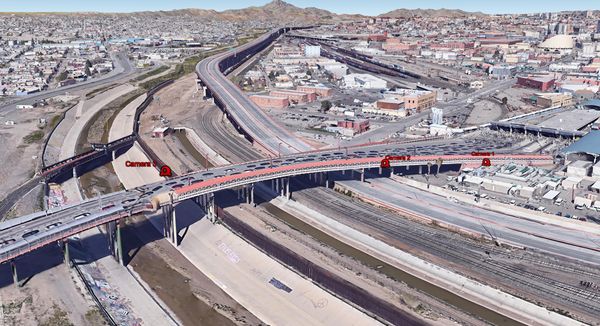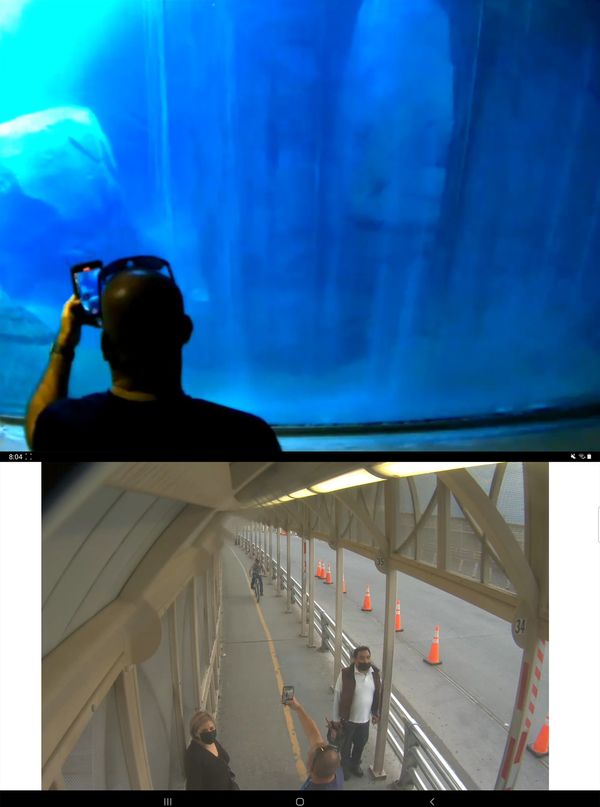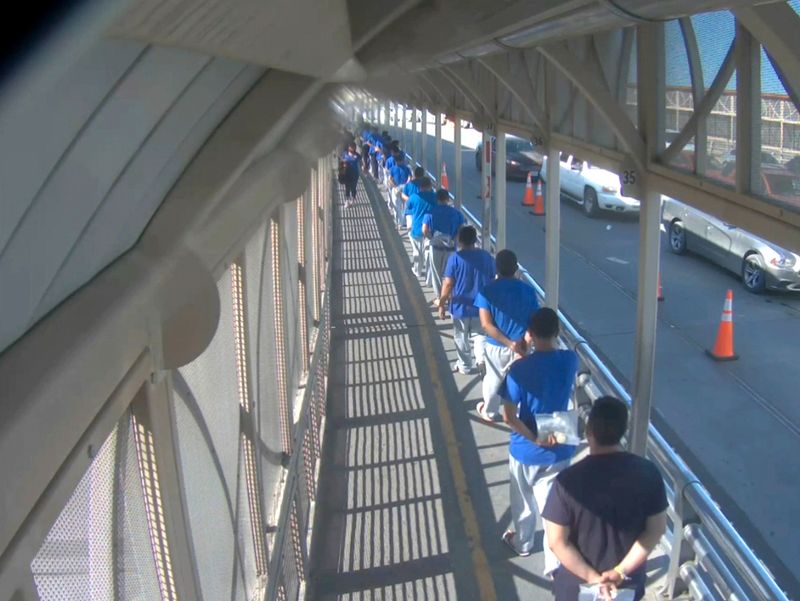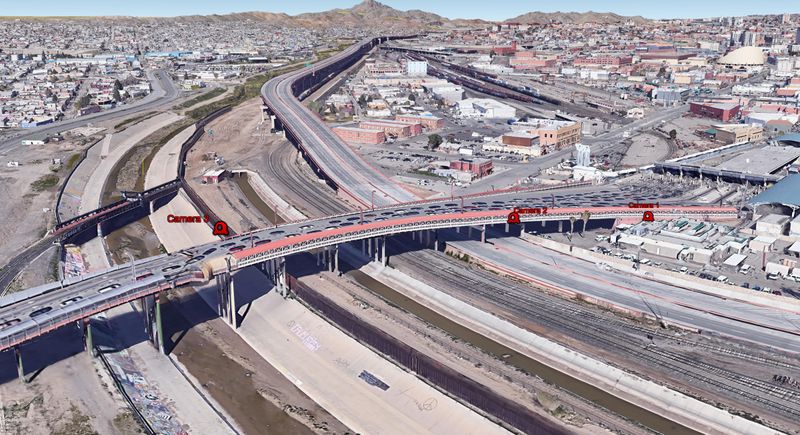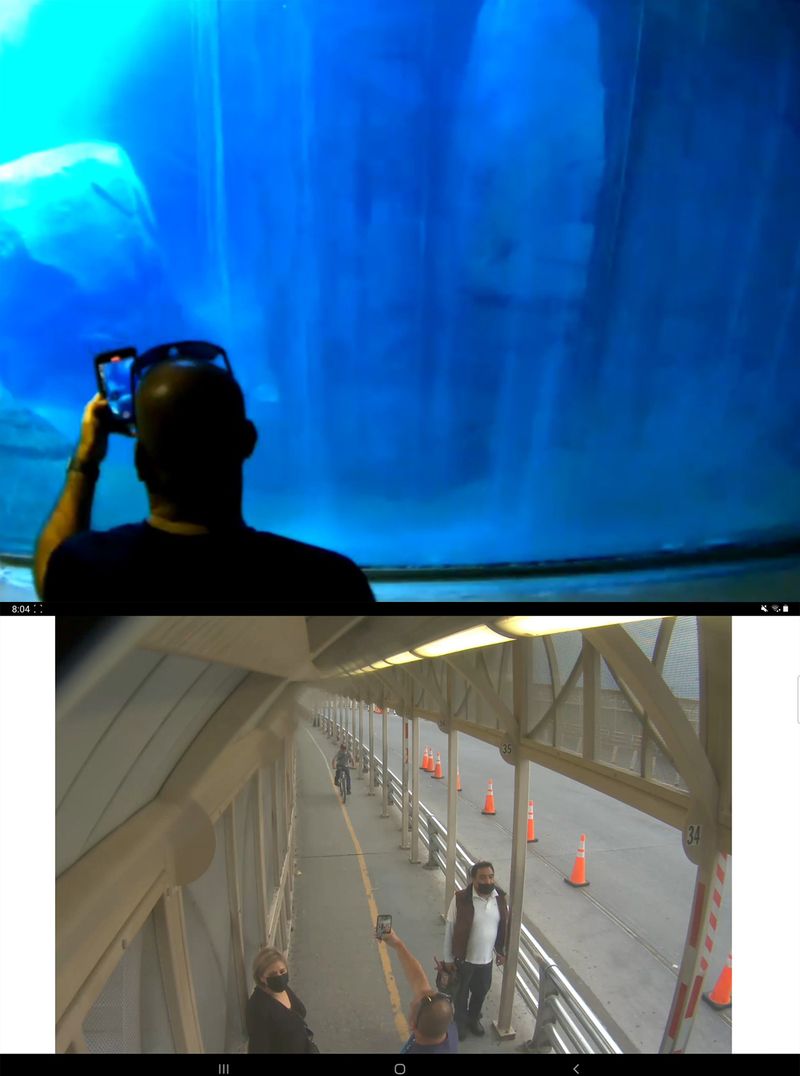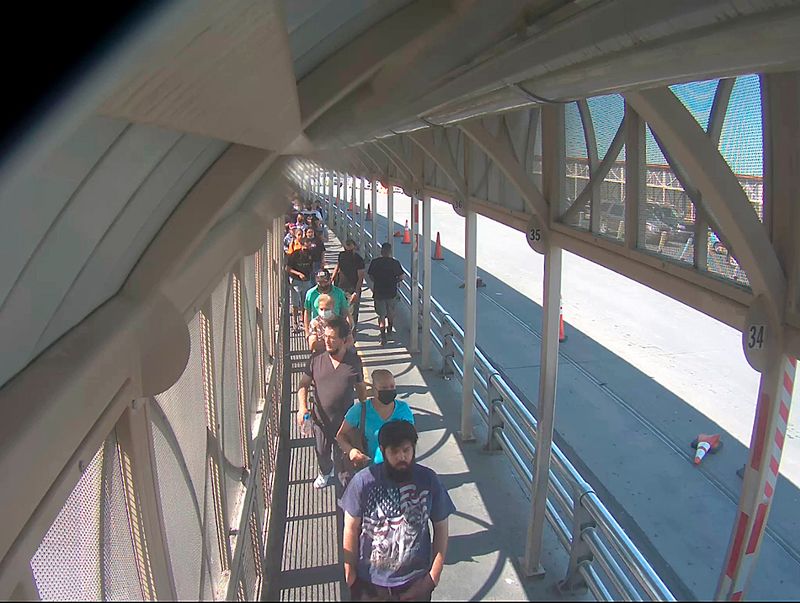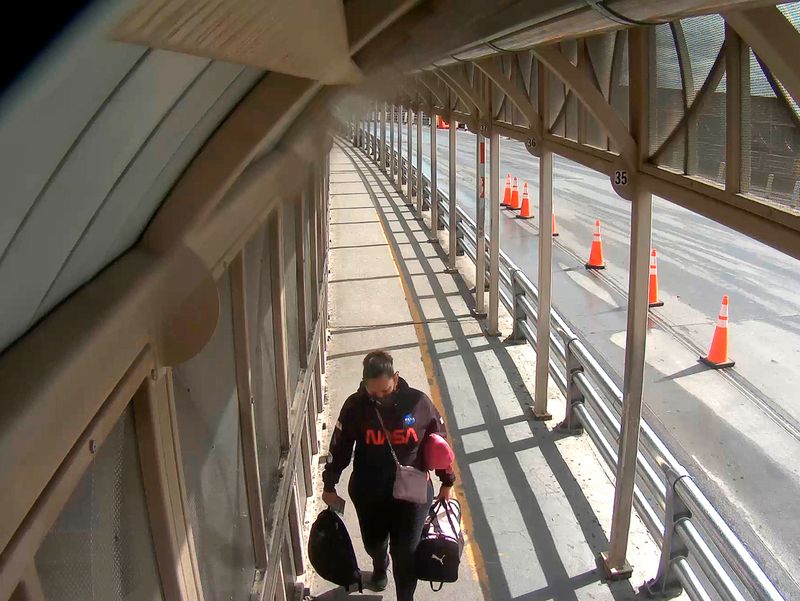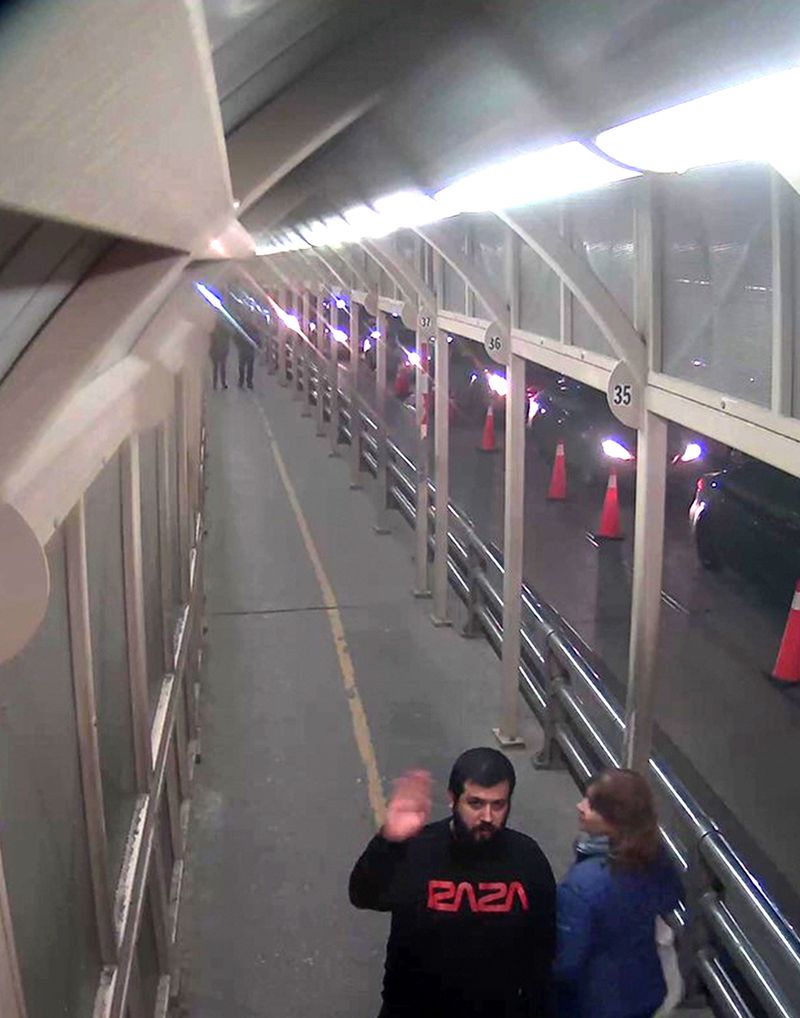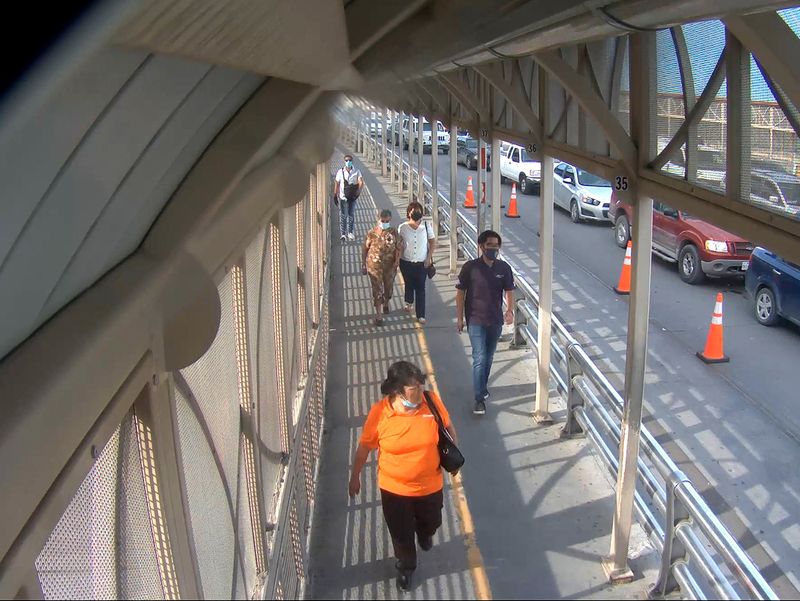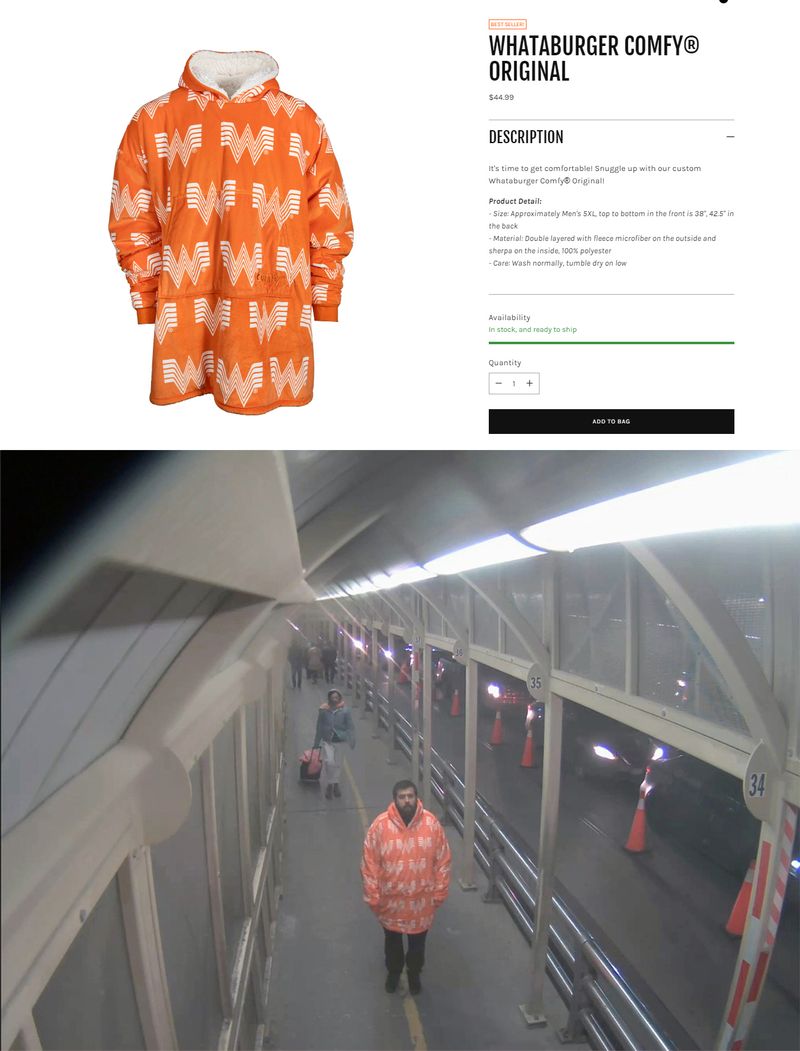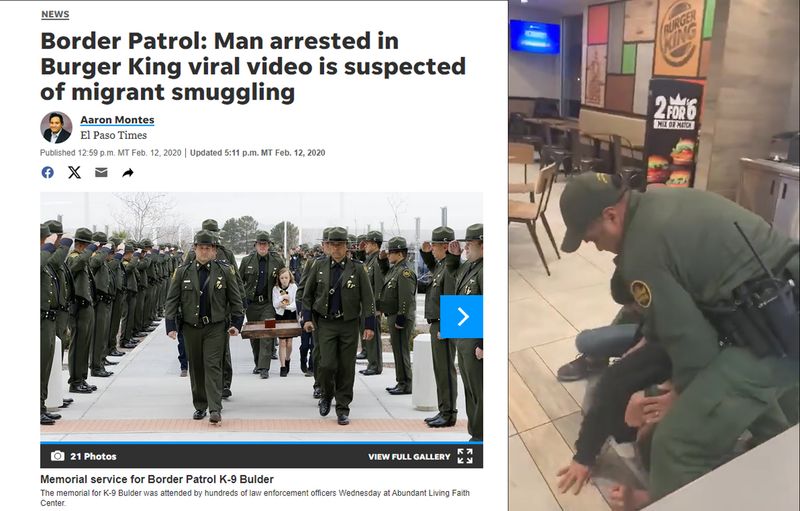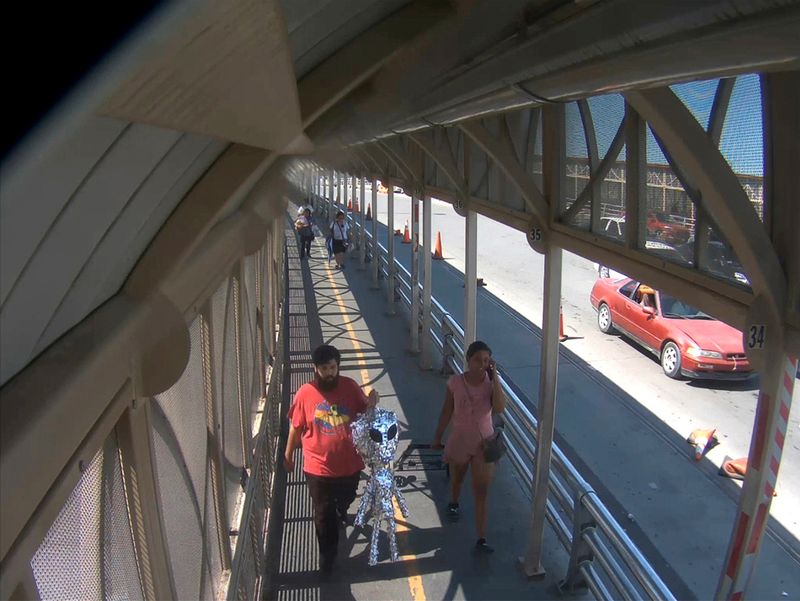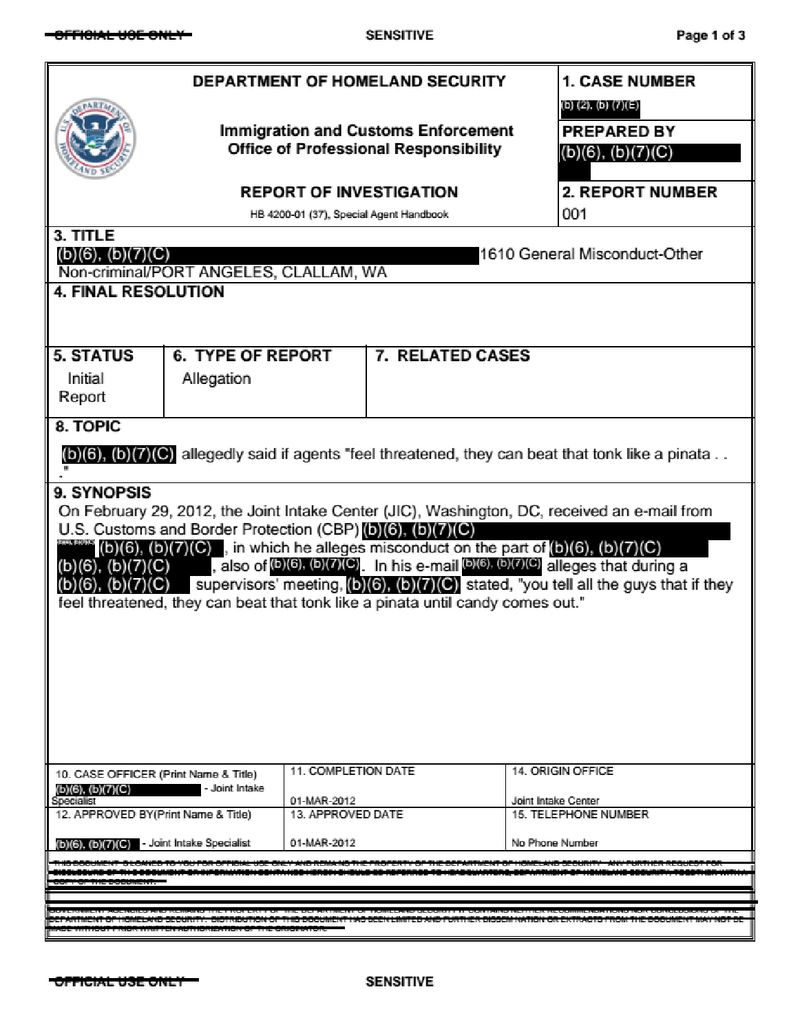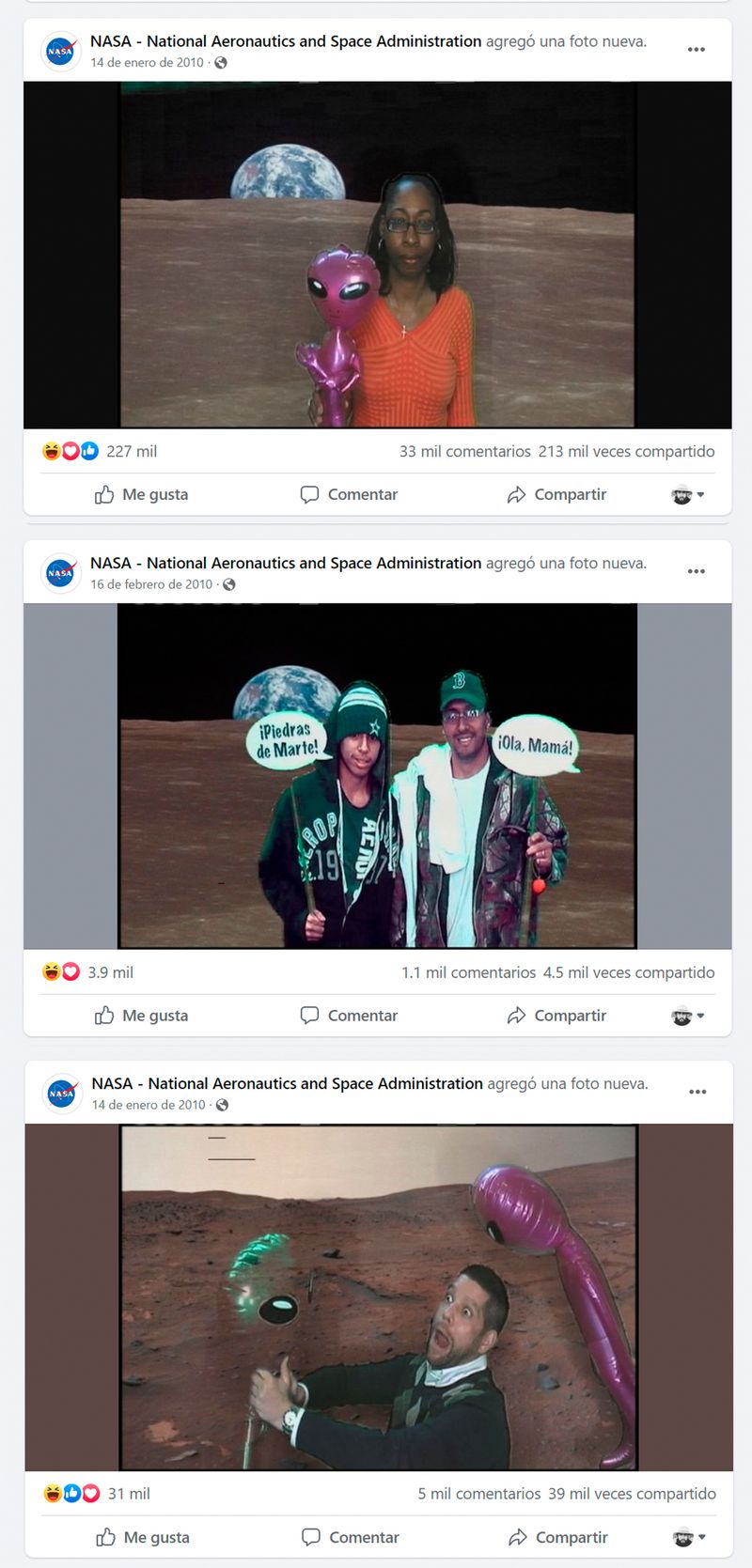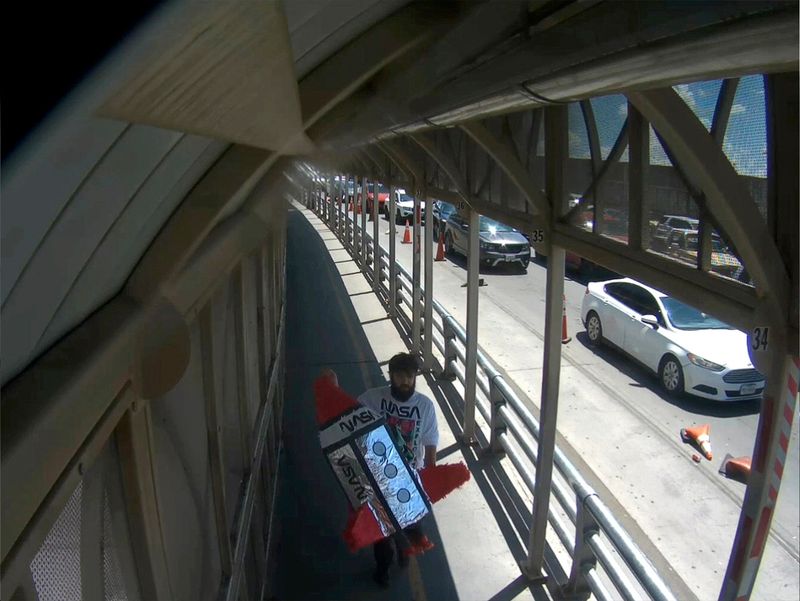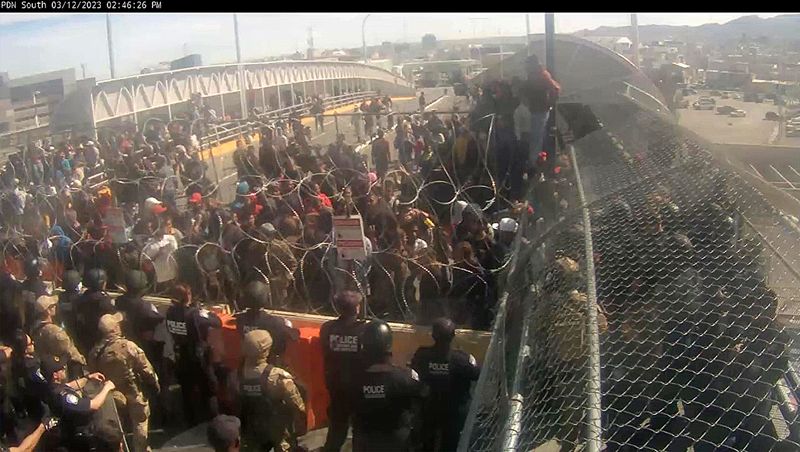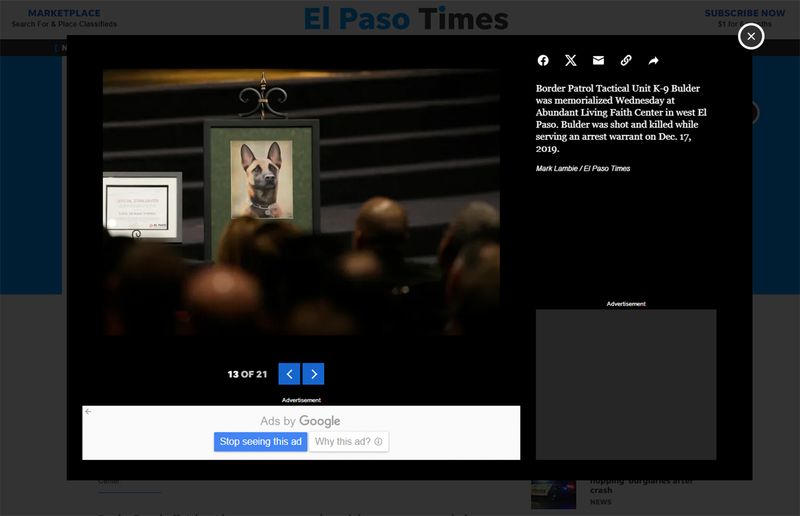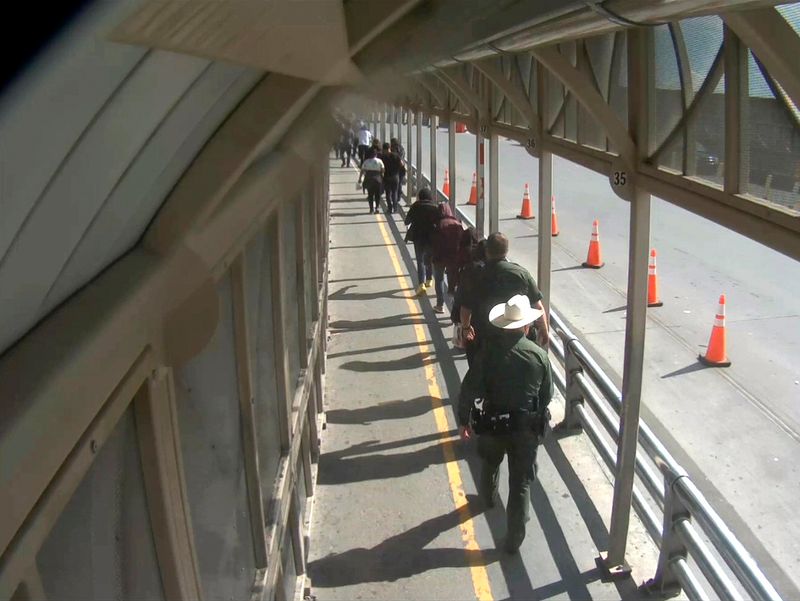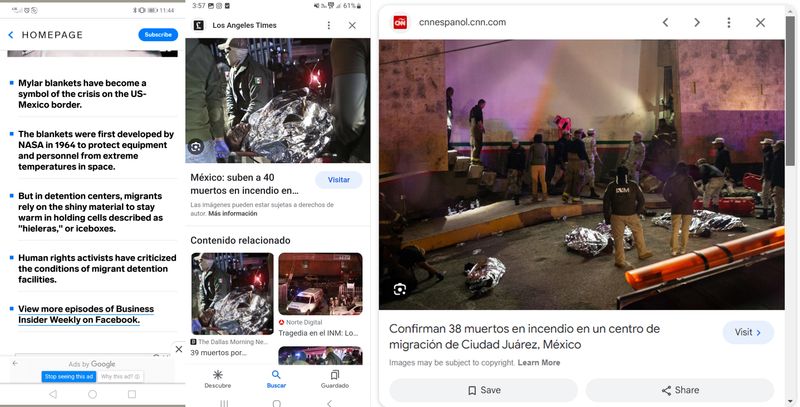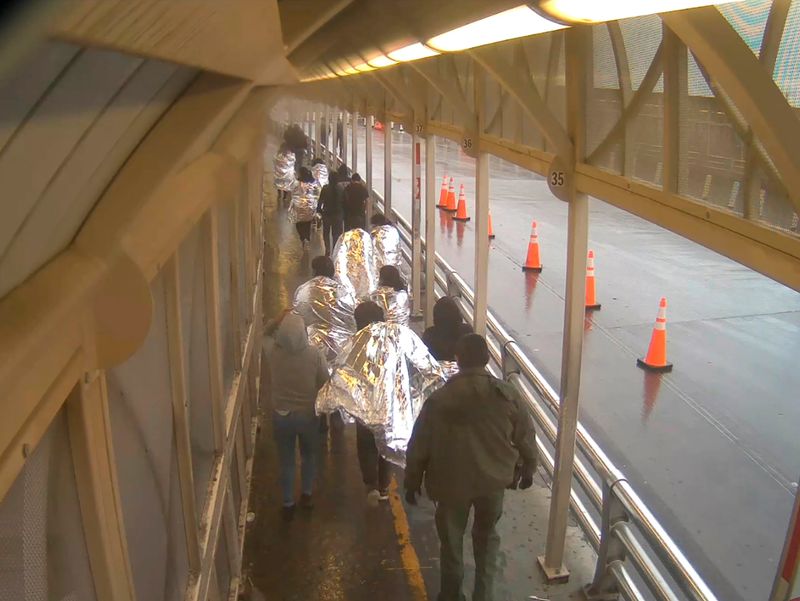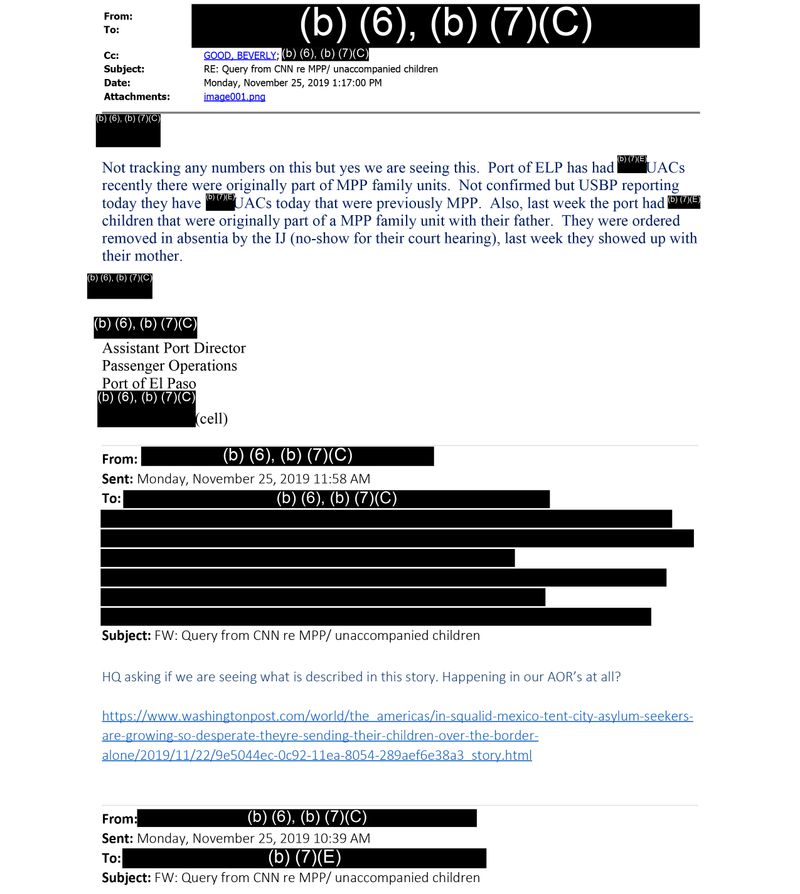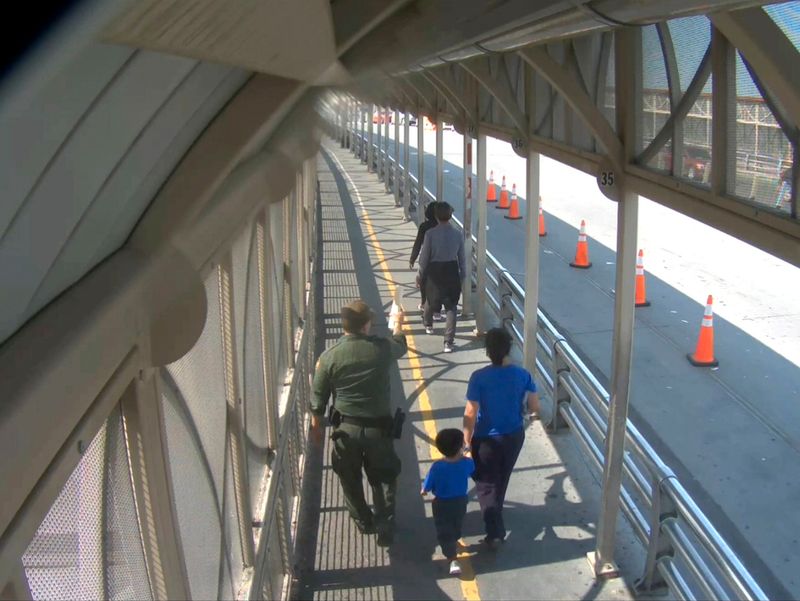Paso del Norte
-
Dates2021 - Ongoing
-
Author
- Locations Ciudad Juárez, El Paso
-
Recognition
This dummy brings together stills from border livestreams, documents, and staged images. Shot between Juárez and El Paso, it explores migration, surveillance, and the quiet traces left behind in a system built to watch—but not to remember.
Since 2021, I’ve been documenting public livestream cameras at the Paso del Norte International Bridge, which connects Ciudad Juárez with El Paso. These cameras, freely accessible online, were not meant to preserve anything—they simply stream. But by watching them in real time, I built an archive of daily crossings, deportations, and moments of quiet resistance that often go unseen.
I began this project while living in Mexico, unaware I would later be in the U.S. under an F-1 visa. With recent shifts in immigration policy, the work now feels urgent. What started as an observation has become personal. I now live with the fear of being deported myself, and that fear shapes how I carry these images.
The book is structured in six chapters, each exploring a different layer of the border through livestream stills, government documents, news media, and performative self-portraits.
Chapter 1: Viral Dogs includes animals walking beside deportees, people crossing with pets, and viral news, like the funeral of a Border Patrol K-9 or a dog crossing “without papers.”
Chapter 2: NASA / RAZA explores how symbols like NASA logos and national flags appear on people crossing the border—markers of aspiration, identity, and camouflage. In one self-portrait, I wear a sweatshirt that rebrands NASA as RAZA, collapsing space exploration into racial belonging. These images reflect how migrants navigate visibility using familiar symbols, even as terms like alien continue to mark them as outsiders in official discourse.
Chapter 3: Have it your way focuses on fast-food labor. It documents daily crossings of workers, the viral arrest at a Burger King, and a portrait in a Whataburger jacket suggested by my feed. These images reflect how labor, branding, and migration intersect in ordinary and deeply politicized spaces.
Chapter 4: You tell all the guys... features piñatas carried across the bridge, colorful objects tied to a family celebration. I appear with NASA Rocket and Alien piñatas made from mylar blankets, referencing survival materials and border language. A FOIA document reveals a CBP officer joking about beating migrants like piñatas.
Chapter 5: Me quité la manta térmica... centers on trauma. It includes the March 12, 2023, mass crossing and the detention center fire that killed 40 people, many covered in mylar blankets.
Chapter 6: M.M.P. & Title 42 presents internal documents on policies affecting deported families and unaccompanied children, paired with images of CBP officers escorting people mid-bridge.
The livestreams I watched are hosted on the same server as the El Paso Zoo—linking control, entertainment, and visibility. The book will close with a commissioned text by journalist Alice Driver.
For me, this project became an obsession. I watched the cameras daily, afraid to miss something. Each still traces a system not built to archive but to forget. This book is a way to hold on to what passes through unnoticed.
Production details (Suggestion)
page count – 144 pages, and 14 pages of foldouts, totaling 158 pages
trim size – 12,6 cm w X 21 cm h
printing – 4+4 offset
binding – Swiss binding, white binding thread
inlay paper – Munken Print white 115g
cover material – Geltex absolute black
finishing – illustrations (front cover and spine): silver foil stamping
titles (spine): black foil stamping
Concept
Alejandro “Luperca” Morales
Editing and sequencing
Alejandro “Luperca” Morales and Fernando Gallegos
Design and layout – Fernando Gallegos
Texts
Alejandro "Luperca" Morales and Alice Driver
Notes:
This dummy was shortlisted for the Image Vevey Book Award 2025 / 2026.
Due to recent events in political changes in the US, I would like to revisit the final text.
